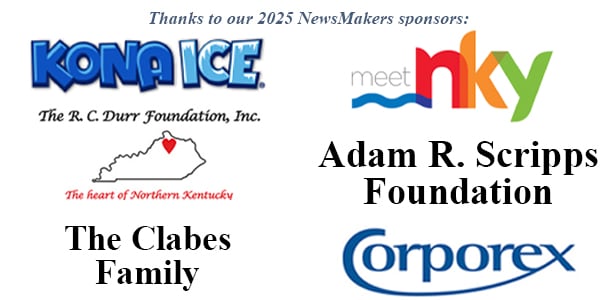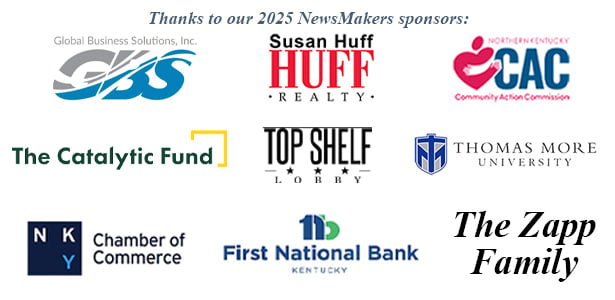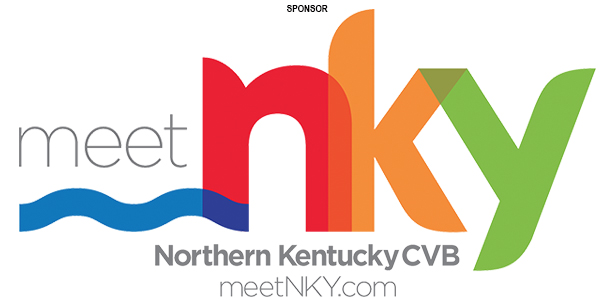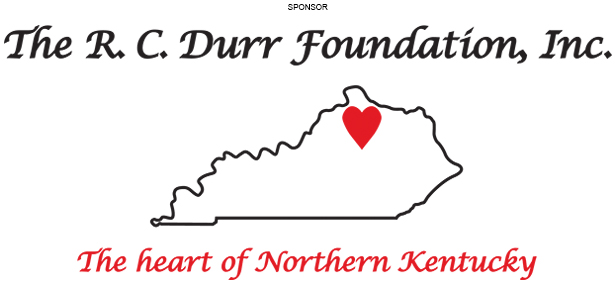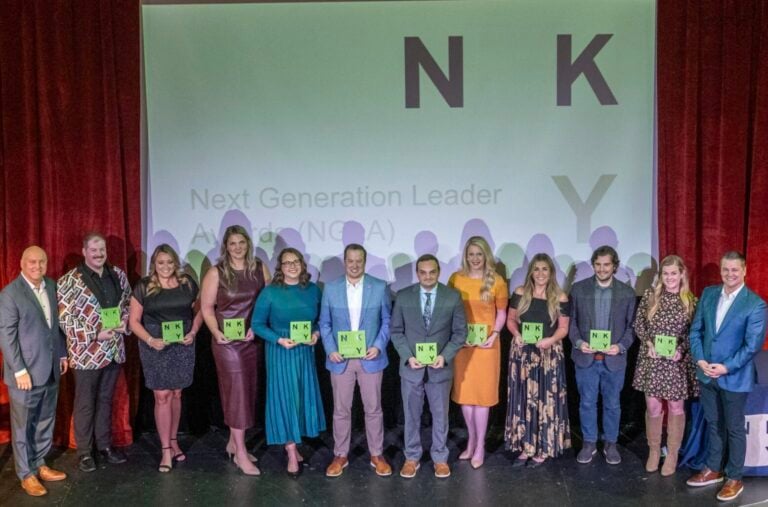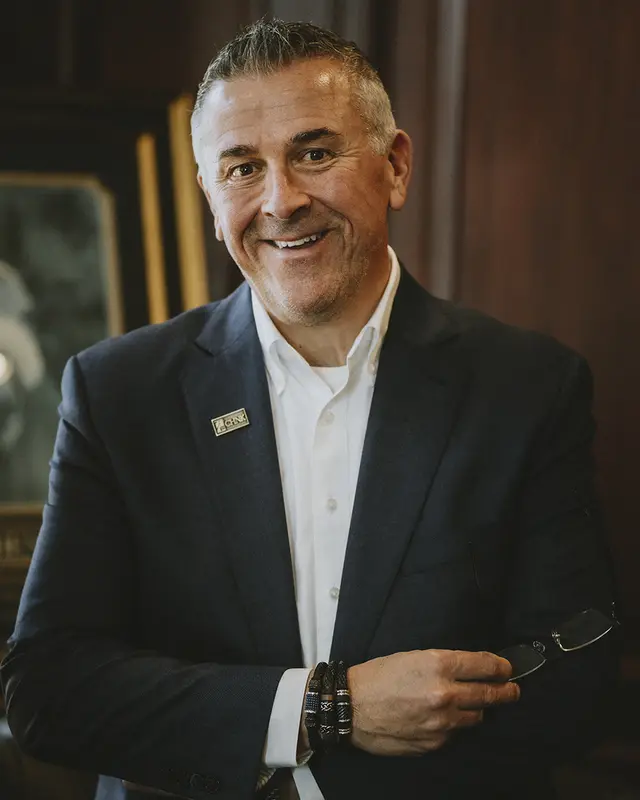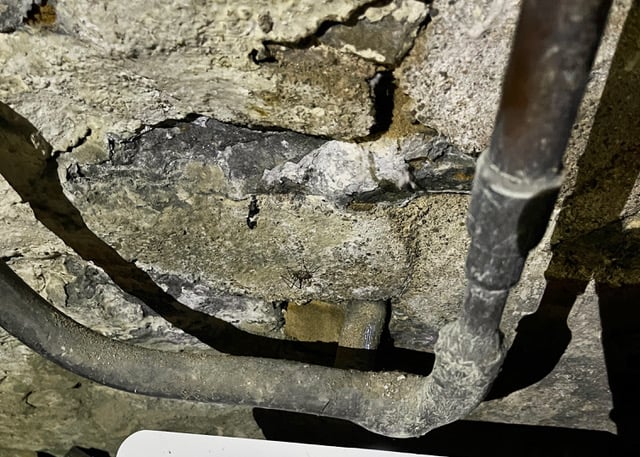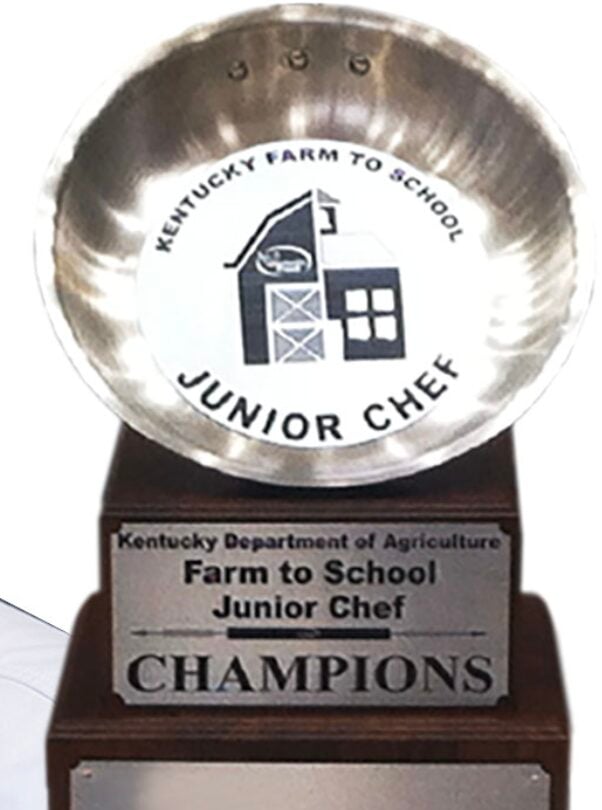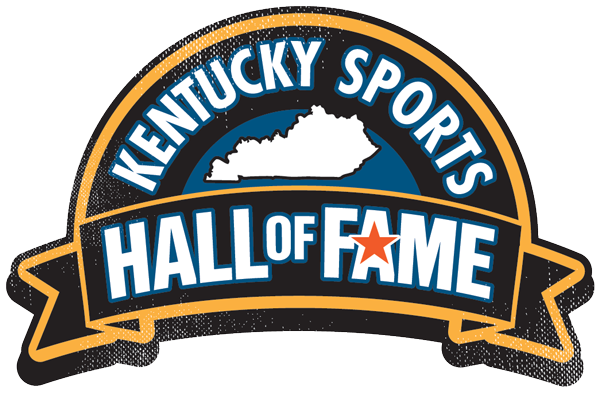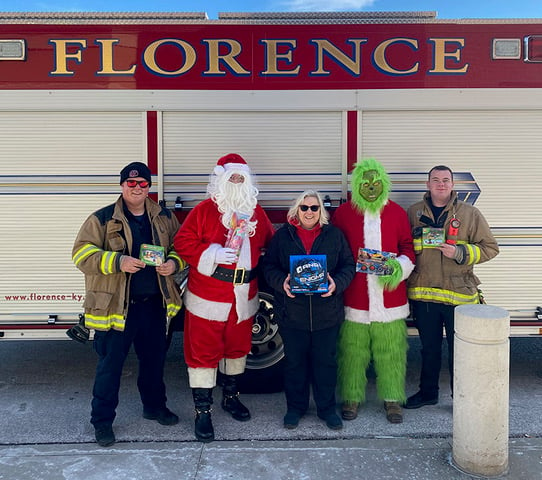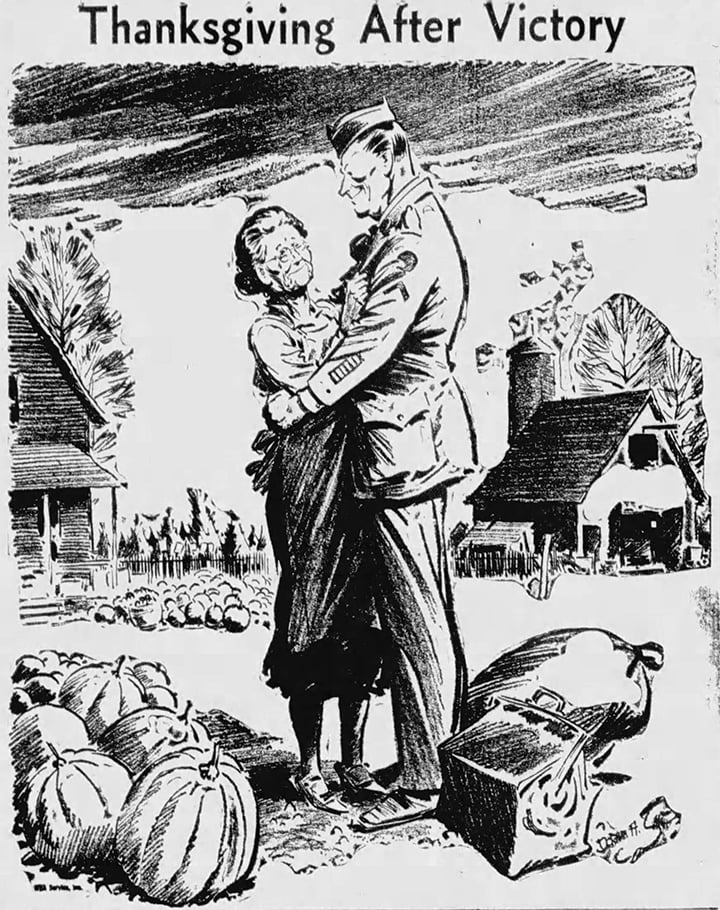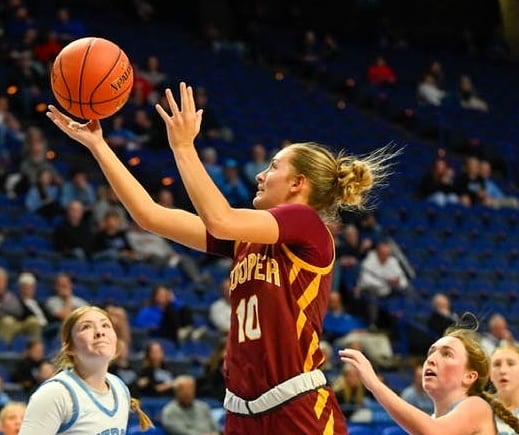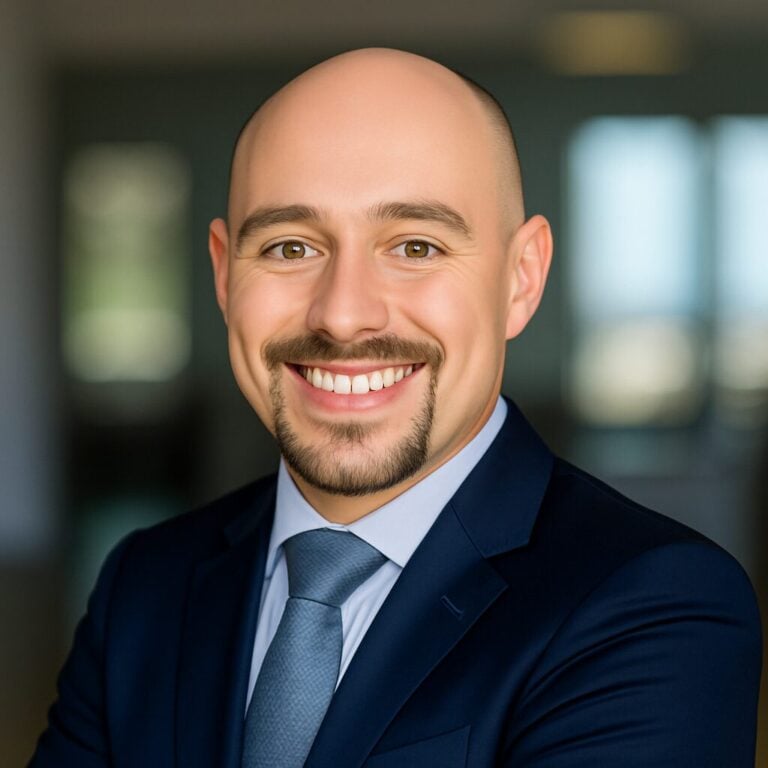We’re celebrating ten years of Our Rich History. You can browse and read any of the past columns, from the present all the way back to our start on May 6, 2015, at our newly updated database: nkytribune.com/our-rich-history
By Don Heinrich Tolzmann, PhD
Special to NKyTribune
After the Civil War, a German Battalion was formed, consisting of German-American Civil War veterans. According to the “Cincinnati Enquirer” (1 June 1871), it was organized at Turner Hall in Over-the-Rhine in June 1871, and Gustav Tafel (1830–1908) was elected as its commanding officer at the rank of colonel.
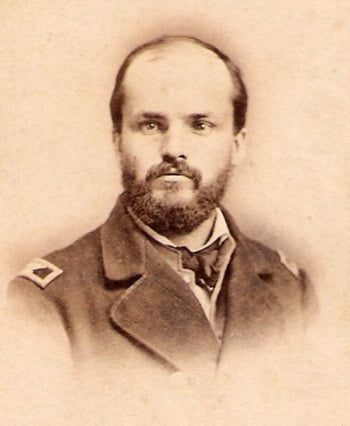
Tafel was past president of the Cincinnati Turnverein (Turners), and when the Civil War broke out, he helped organize the 9th Ohio Vol. Infantry Regiment, often called a Turner regiment. Subsequently, he served as commander of the 106th Ohio Vol. Infantry Regiment, another one of Cincinnati’s German regiments in the Civil War. Later, he was elected and served as Mayor of Cincinnati (1897–1900).
Altogether, the Battalion consisted of five companies, or about 500 members. Many prominent members of the German community were members of the German Battalion, including the local prominent brewers Christian Moerlein (1818–1897) and Henry Muhlhauser (1842–1914). Both had served in German regiments of the Ohio Volunteer Militia that were formed during the Defense/Siege of Cincinnati in September 1862.
An article in the “Cincinnati Enquirer” (17 July 1871) quoted Tafel as commenting on the need for “military organizations in large cities to protect its citizens against the violence of mobs, instancing the recent riots in New York as an example.” He claimed this was the reason the German Battalion was formed, and that it would be of service to the city.
This article noted that the Battalion would drill weekly on Sunday, and that arms would be distributed to its members. Also, delegates would be appointed to attend anti-temperance meetings in the city. So, the Battalion was not merely a social group for German Civil War veterans but also viewed itself as an organization actively involved in civic affairs.
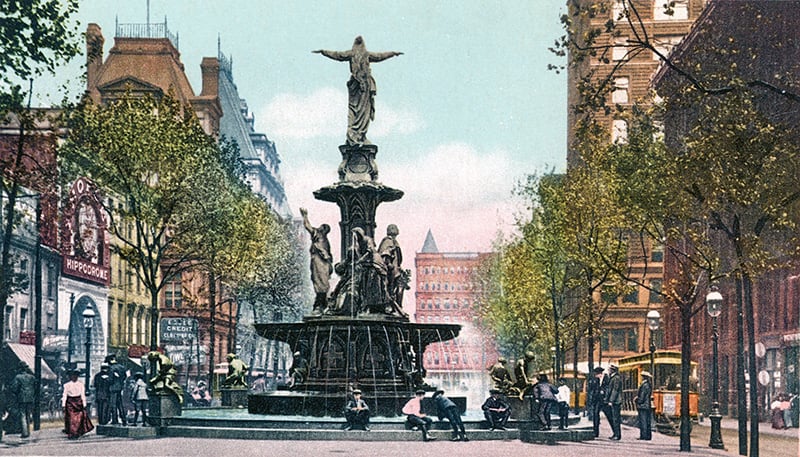
The Battalion often participated in local festivities and events, adding colorful parades and programs that were evidently quite popular and were widely reported on in the local German-language press. Its first noteworthy event was participating in the dedication of the Tyler Davidson Fountain on 6 October 1871.
Tafel, having been born in Munich, no doubt took great pride in the Battalion’s participation in this event, as the fountain came from the Royal Bavarian Bronze Foundry in his hometown. William Frederick Poole (1821–1894) commented on Tafel and the German Battalion in his book commemorating the dedication: “The Tyler Davidson Fountain” (1872). He served as head of the Cincinnati Public Library (1869–1873), and later of the Chicago Public Library and the Newberry Library. He also was president of the American Library Association and the American Historical Association.
According to Poole, speakers and distinguished guests were led from the Burnet House to the fountain by Cincinnati’s German Battalion, commanded by Tafel. The date of the dedication, the 6th of October 1871, was particularly significant for Cincinnati’s Germans.
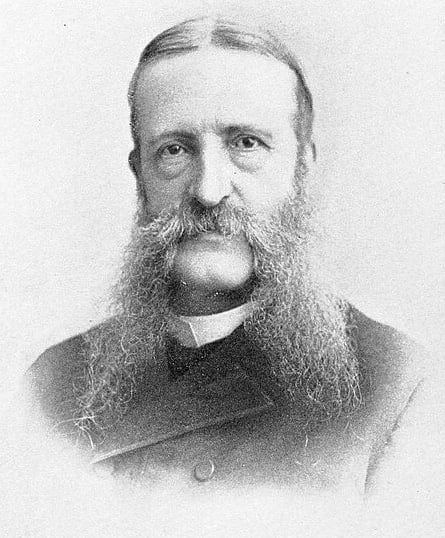
The 6th of October was the date on which a group of thirteen German families arrived at the port city of Philadelphia, and soon thereafter founded Germantown nearby, the first permanent German settlement in America. It was considered the beginning of group immigration of Germans to America. Given its historical significance, the 6th of October has been celebrated as German-American Day since 1987, having been designated as a day of commemoration by President Ronald Reagan.
The year of 1871 was also particularly important, as earlier that year, on 17 January, the official unification of Germany under the leadership of Otto von Bismarck (1815–1898), and the establishment of the German Empire had taken place. It was jubilantly celebrated by German Americans across the United States, and, of course, in Cincinnati.
For Cincinnati’s Germans, especially Union Army Civil War veterans, they were justifiably honored by participating in the dedication of the fountain, while also taking great pride in the date and year that it was dedicated. For the German Battalion it was an occasion to make a visual statement regarding their pride in the United States and Germany.
Poole writes: “The procession (of speakers and dignitaries) was escorted by the German Battalion, under the command of Colonel Tafel, with its military band. The Battalion wore the spiked helmet and regulation uniform of the Prussian army, and took position on the south side of the esplanade near the fountain.”
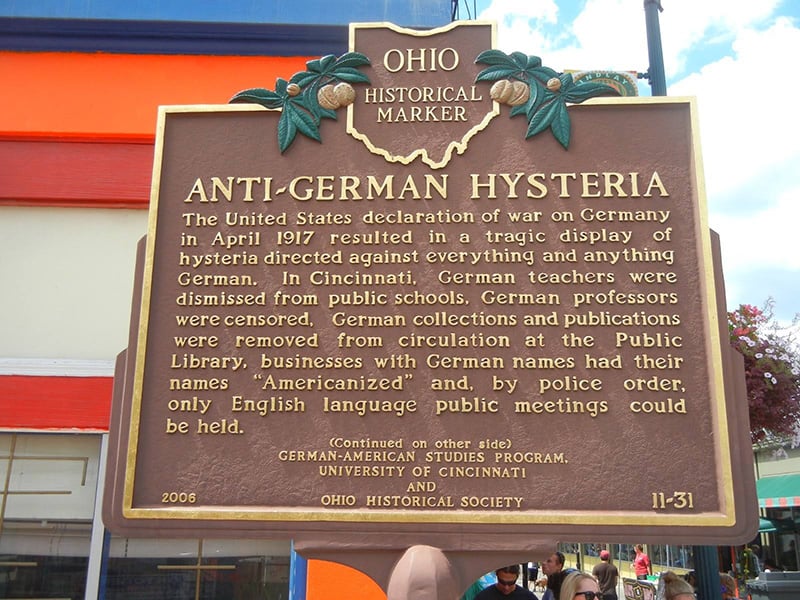
The helmets and Prussian uniforms reflected the German Battalion’s pride in the unification of Germany, but also in their own service in having fought for the United States. The German Battalion took part in many other local events and festivities, but its participation in the dedication of the Tyler Davidson Fountain was no doubt its most noteworthy and colorful event.
Unfortunately, the service record of the German Battalion, like that of Cincinnati’s German Civil War regiments, was forgotten as a result of the anti-German sentiment and hysteria of World War I. However, thanks to Poole’s history, and reports in the local English- and German-language press, documentation of Cincinnati’s German Battalion has not been lost. Historical research can recover and restore what was once erased from historical memory.
Don Heinrich Tolzmann, PhD is a nationally noted historian of German Americana. He has written and edited dozens of books, and contributed to many others, including The Encyclopedia of Northern Kentucky. He also serves as Historian of the Covington-Cincinnati Suspension Bridge Committee.
Paul A. Tenkotte, PhD is Editor of the “Our Rich History” weekly series and professor of history at Northern Kentucky University (NKU). To browse ten years of past columns, see: nkytribune.com/our-rich-history. Tenkotte also serves as Director of the ORVILLE Project (Ohio River Valley Innovation Library and Learning Engagement). He can be contacted at tenkottep@nku.edu.


